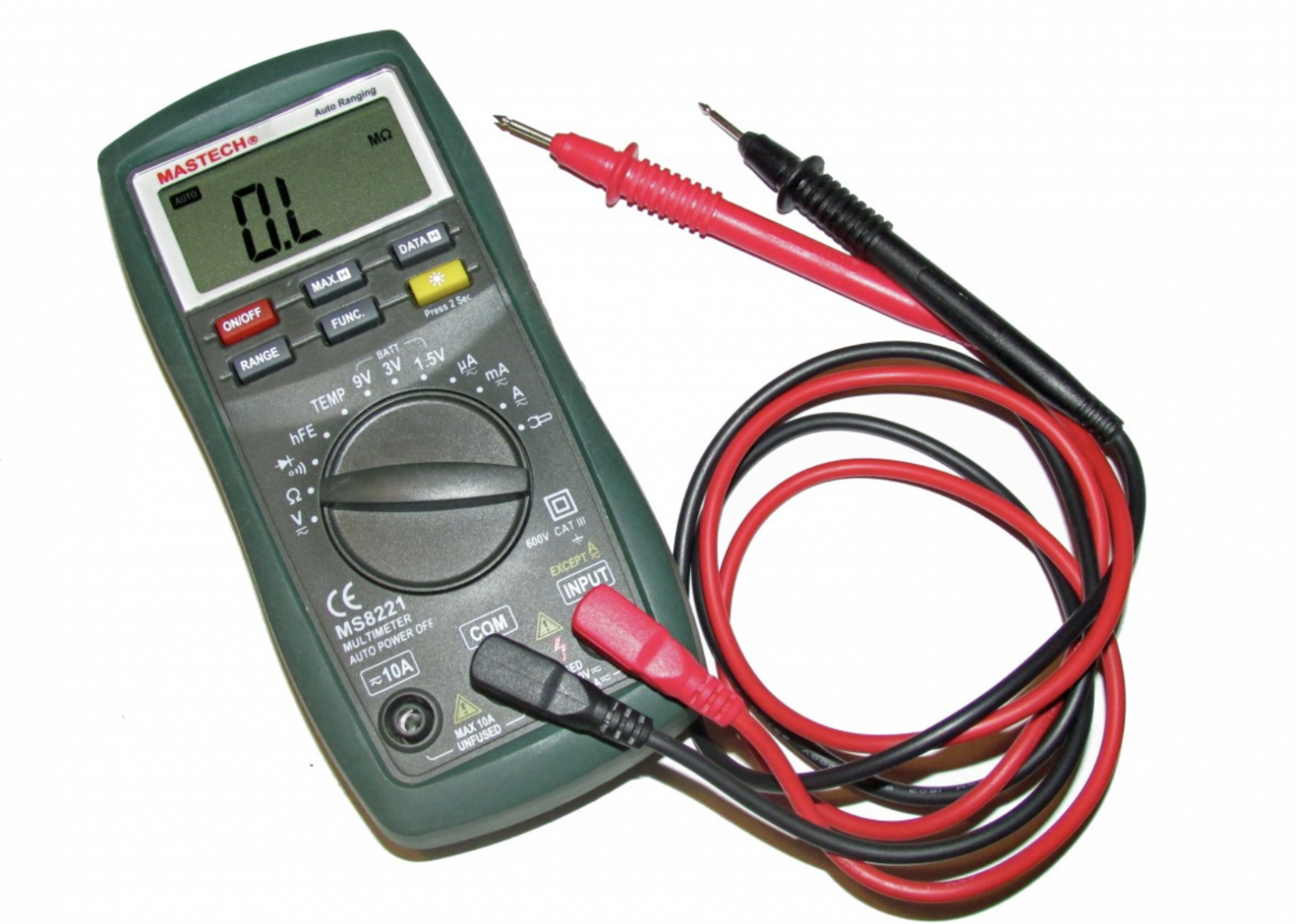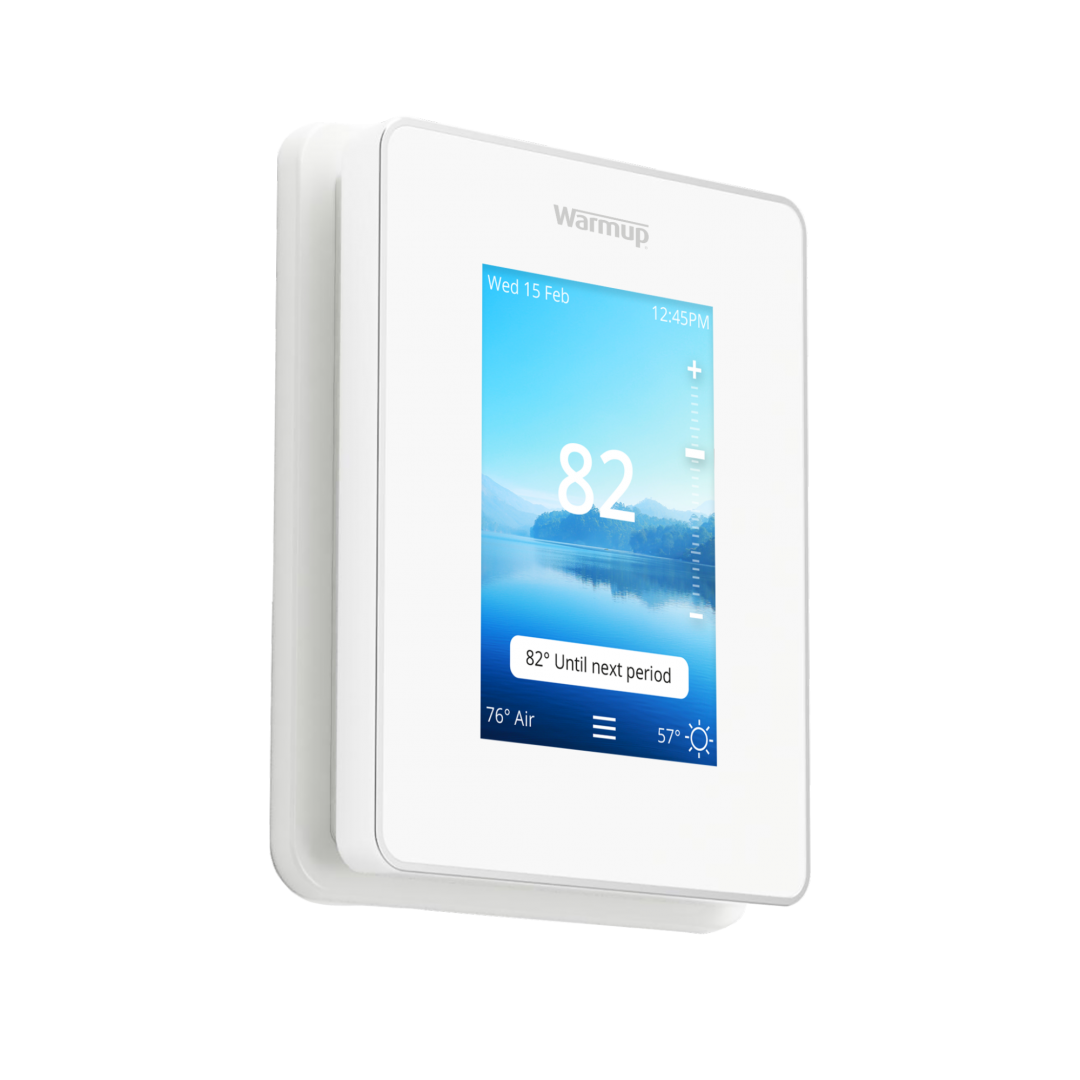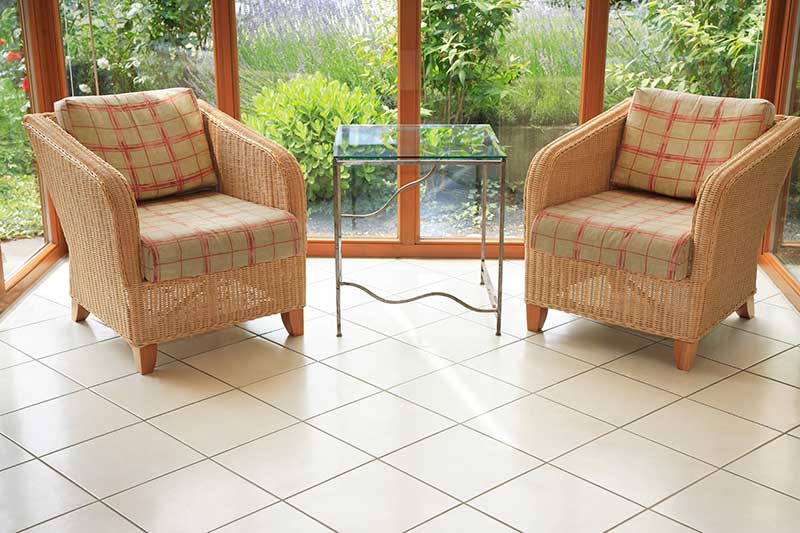In floor radiant heating systems not only make living spaces more comfortable, but are also easy to install and energy efficient. Warm floors, especially tile or stone, hold heat well and evenly radiate that heat to make rooms more enjoyable.
In addition to making people comfortable, installing the electrical for these systems is straight- forward. In fact, it’s no different than installing a circuit for any other piece of equipment in your home. Warmup’s easy installation instructions take the guesswork out so you can get to enjoying your space even sooner.
Understanding Voltage vs. Power
Voltage and power are related, but many people don’t know the differences between them. Water makes a great analogy for electricity, so we’ll use that here. Voltage can be thought of as the “pressure” while electrical current can be thought of as the electrical “flow” of a system. When you combine voltage and current (pressure and flow) you get power. In fact, one of the key equations in electricity is Ohm’s law: Power = Voltage x Amperage.
Let’s use a garden hose as a metaphor for an electrical system. Imagine a garden hose with no attachment on the end. The water flows out quickly but with no pressure (low voltage, high current). If you take your thumb and cover part of the opening, less water will come out but it will be moving much faster with more pressure (high voltage, low current). The amount of power in the water hasn’t changed, you’ve just shifted the pressure and flow around.
Electricity works the same way. In floor heaters will be rated at a certain power, usually in watts. Two heating systems can have the same power rating, but one is designed for 240 VAC and the other for 120 VAC. The system designed for 240 VAC will use half the amperage but both systems will consume the same amount of power. Both systems will warm the rooms by the same amount. Now that you have a better idea of how voltage and power are related, we can talk about what is the best electrical system for your in floor radiant heating system.
Does 240V Work Better Than 120V?
When you double the voltage of a circuit, it will take half the amperage to put out the same amount of power. As discussed earlier, 120 VAC and 240 VAC systems can produce the same amount of power and operate in exactly the same way. They take the same amount of time to heat up and they heat just as evenly. When installing an in floor heating system, Warmup requires a 240 VAC supply to help limit the amperage and thus the size wire needed for the system. Less amperage often means smaller wire size and thus an easier and cheaper installation.
Electrical Requirements for In Floor Heating
In addition to 240 VAC power, Warmup has a few other recommendations. Your in floor heating system should be on its own dedicated circuit. If this is not possible, ensure that there is enough capacity on the circuit you choose to safely operate the Warmup system in addition to other loads on the circuit. Warmup recommends a non-GFCI circuit when paired with a GFCI thermostat. Use a double gang box so that one section can be used for the lead wires and the other for the floor heating probes.
Multiple heaters and how many necessary thermostats is a common question, especially if you’re looking to heat a shower floor separate from the shower. Here is the run down: Systems can not be daisy-chained. Multiple heaters that lead to the thermostat location (leads can be extended) can be wired to a single thermostat if the total amperage is under 15 amps. Heaters can not be individually controlled from the thermostat; separate thermostats are required for this.
For projects with multiple heaters that are over 15 amps, such as basements, Warmup thermostats can be paired with our Relay-25 to control up to 700 sq ft off of a single thermostat with 2 circuits required. It’s encouraged to use one thermostat per room to save on heating costs by only heating the rooms you are using.

How to Install
1. Check System OHM Reading
When you’re ready to install, the first step is to check the resistance of the in-floor heating system. Use an ohm meter to measure the resistance. Refer to the reference resistance bands for the product code you are using to ensure that the measured resistance falls within the band. If the resistance falls outside of the band, stop installation and contact Warmup for assistance.

2. Rough In Electrical Work
Warmup recommends using a double gang box to house the electrical terminations for the in floor heating system. One section of the junction box will be used for the lead wires and the other for the floor heating probe. 240 VAC, non-GFCI power from a dedicated circuit should also be run to the double gang box. Run the wires from the floor to the junction box for the heater power and temperature probe. Once the flooring is installed over the in floor heating system, verify that the resistance of the heater is still with the reference resistance bands. If the resistance is within range, proceed with the installation of the thermostat.

3. Electrical Power Hookup with Thermostat
Look inside the Warmup thermostat box for detailed instructions and a wiring diagram. The power wires should be connected to the line side of the thermostat according to local electrical and wiring regulations. The heater power cables, typically brown and blue, should be connected to the load side of the thermostat.
The final step for wiring the thermostat is the floor sensor. The floor sensor has no polarity, so the wires can be connected in either order. Once wiring is complete, the thermostat can be mounted to the wall and the system should be tested.

Trust in Warmup for the Best Radiant Floor Heating Options
Warmup makes adding in floor radiant heating easy and intuitive. The Warmup peel-and-stick membrane allows electricians to install and test the underfloor heating before the tile setters arrive. Warmup makes cold floors and difficult installs a thing of the past. Contact us today about the incredible radiant in floor heating solutions Warmup has to offer.



